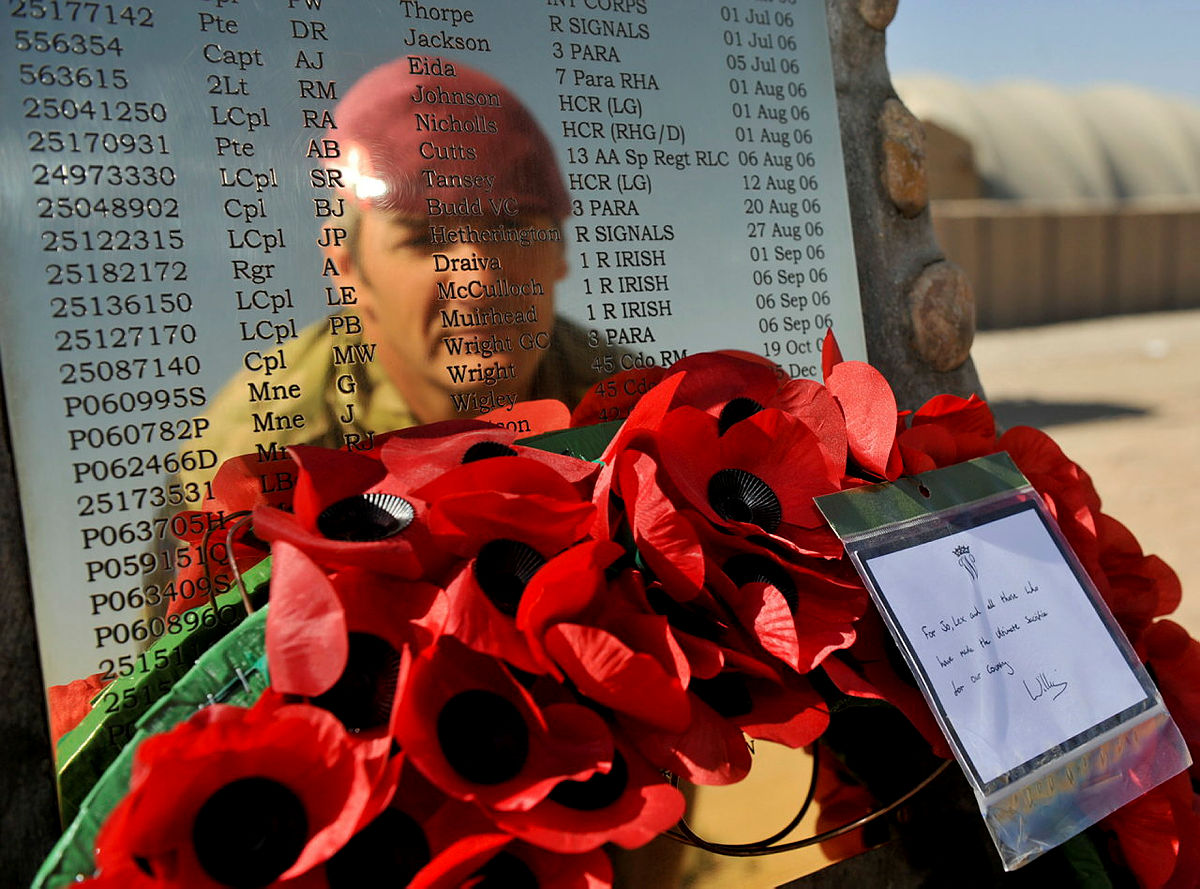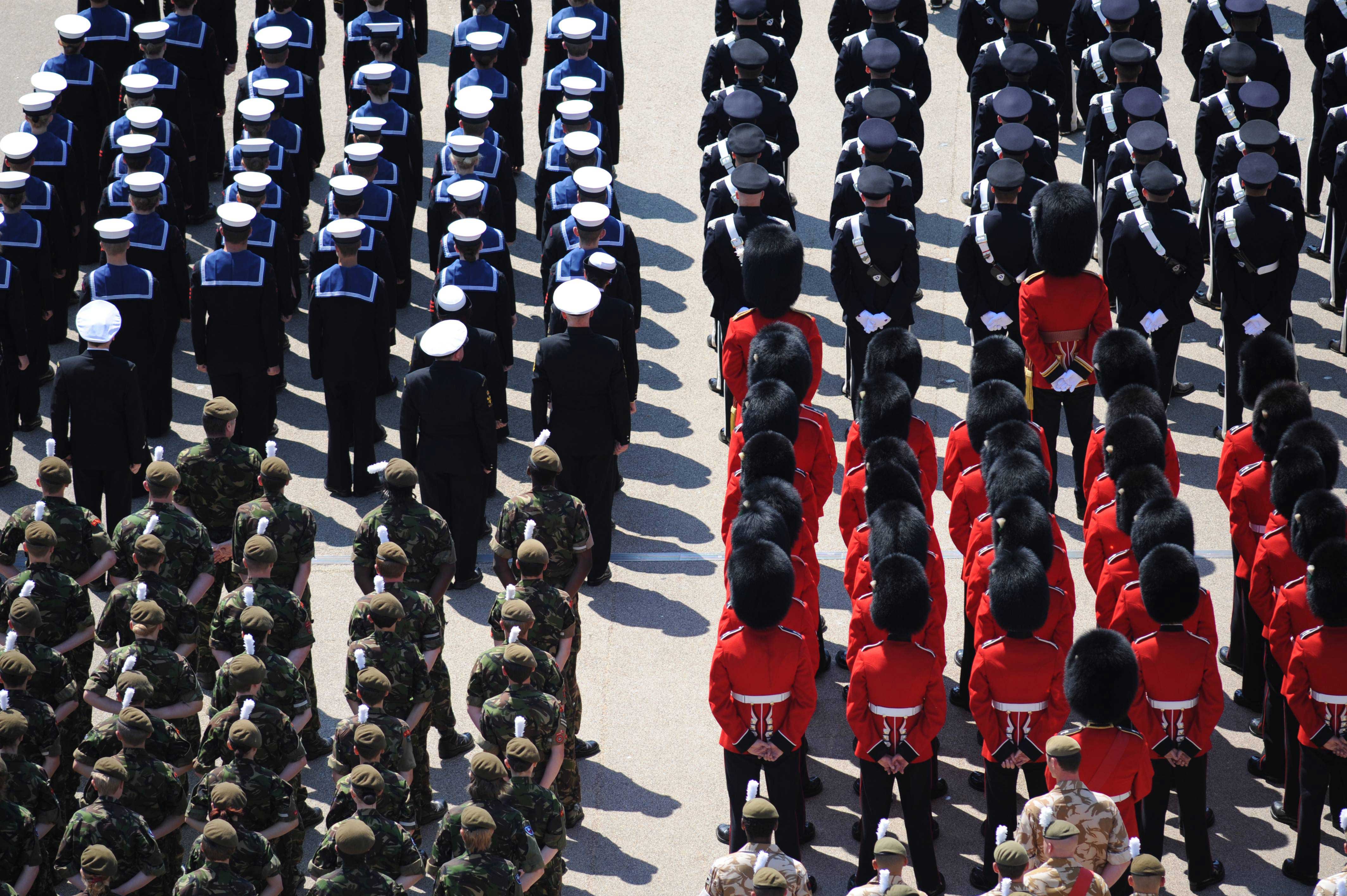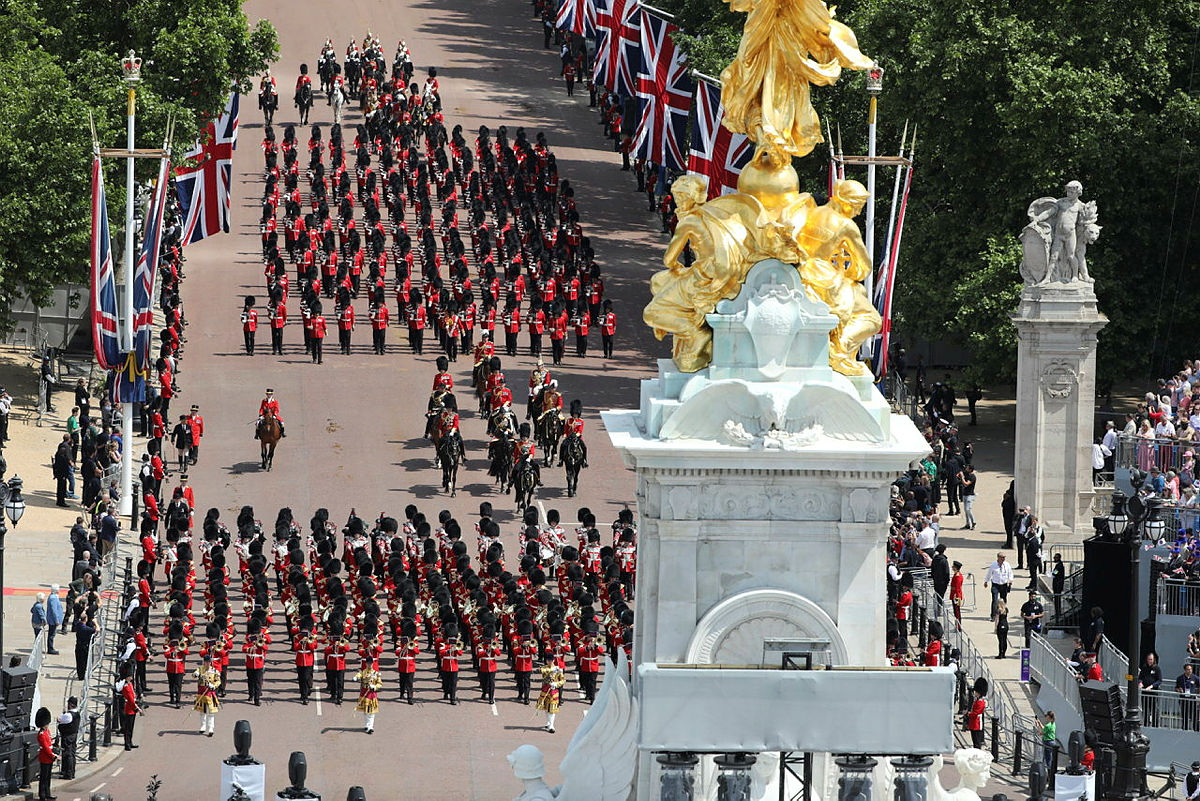This year Remembrance Sunday takes place on November 8th. Remembrance Day honours heroic efforts and sacrifices that were made in past wars. This day is also referred to as Poppy Day or Armistice Day. It usually occurs on the second Sunday in November, but many people also observe a moment of silence at 11am on November 11th, which is the time and date when hostilities formally ended after more than four years of battle during World War I.
Why the poppy?
Poppies are worn as a symbol of respect and tribute on Remembrance Sunday. Scarlet corn poppies naturally grow in conditions of disturbed earth throughout Western Europe. The Napoleonic wars of the early 19th Century brought destruction and transformed the bare land into fields of blood-red poppies, growing amongst the bodies of fallen soldiers.
In 1914, World War One stormed through Europe and ripped open the fields of Northern France and Flanders. The poppy was one of the only plants to grow on the battlefields once the fight was over. The poppy acts as a lasting memorial symbol to the fallen, which was realised by John McCrae in his poem “In Flanders Fields”. From this the poppy has come to represent the immeasurable sacrifice made by his comrades and quickly became a lasting memorial to those who died in WWI and later conflicts.
In Flanders Fields, John McCrae (1872-1918)
In Flanders fields the poppies blow
Between the crosses, row on row,
That mark our place: and in the sky
The larks, still bravely singing, fly
Scarce heard amid the guns below.
We are the Dead. Short days ago
We lived, felt dawn, saw sunset glow,
Loved and were loved, and now we lie,
In Flanders fields.
Take up our quarrel with the foe:
To you from failing hands we throw
The torch: be yours to hold it high.
If ye break faith with us who die
We shall not sleep, though poppies grow
In Flanders fields.
100 Year Anniversary
To mark 100 years from the first full day of Britain’s involvement in the First World War, a major art installation took place at the Tower of London, named Blood Swept Lands and Seas of Red. Created by artists Paul Cummins and Tom Piper, 888,246 ceramic poppies gradually filled the Tower’s famous moat between 17th July and 11th November 2014. Each individual poppy was sold, raising millions of pounds which was then shared amongst six service charities. The poppies not only created a strong visual impact, but also offered a place for personal reflection.
The Cenotaph
The Cenotaph in Whitehall, London has been host to remembrance Sunday for many decades. Originally made from wood and plaster, it was intended only for the first anniversary of the Armistice in 1919. At its first unveiling the base of the monument was spontaneously covered in wreaths to remember the dead and the missing from The Great War. The enthusiasm shown by the public led to the Cenotaph becoming a permanent lasting memorial. Since then many other Cenotaphs have been established and the tradition of laying poppy wreaths continues.
A Cenotaph Parade will take place this year along with a ceremony organised annually by the Department for Culture, media and Sport. A march past will follow, which is coordinated by The Royal British Legion. Many other concerts, events and church services will take place to mark the day. The Chairlady of Wyedean, Mrs Norma Wright, will be laying a wreath at the Cenotaph in Haworth. Images here show last year’s Cenotaph in Haworth.
To make a donation to the Poppy Appeal visit the British Legion website here: http://www.britishlegion.org.uk/




